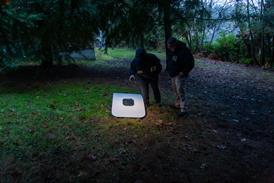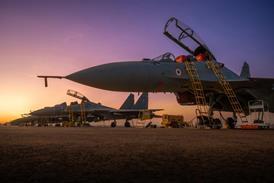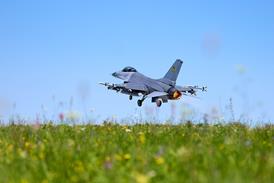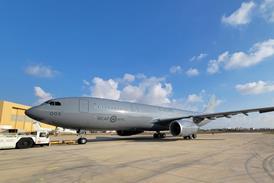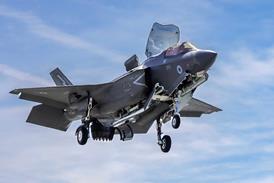India has successfully tested the locally developed Astra beyond-visual-range air-to-air missile using an indigenous radio frequency (RF) seeker.
The work involved two launches from a Sukhoi Su-30MKI fighter off the coast of the nation’s Odisha state, according to India’s Ministry of Defence.
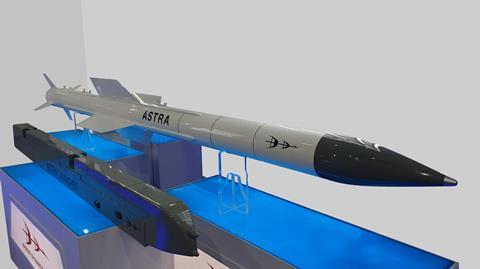
The tests were conducted against high-speed unmanned aerial targets at “different ranges, target aspects, and launch platform conditions”, with both targets destroyed “with pin-point accuracy”.
The RF seeker was developed by India’s Defence Research and Development Organisation. Earlier iterations of the Astra are understood to have incorporated seekers developed in cooperation with Israel’s Rafael.
New Delhi claims that the Astra has a range exceeding 53nm (100km).
The Astra Mk-1 is in service with the Indian air force. It equips the Su-30MKI and will also arm the Hindustan Aeronautics Tejas Light Combat Aircraft. In March, a Tejas Mk1 prototype conducted a successful Astra launch.
Indian media reports indicate that a longer-range Astra Mk-2 variant – possibly wih performance exceeding 86nm – is undergoing developmental trials, with limited production anticipated in the coming years.
A further variant, the Astra Mk-3, is believed to use a solid fuel ducted ramjet (SFDR) propulsion system to achieve extended range and high-speed endgame manoeuvrability. The Mk-3 remains in prototype testing, with Indian reports suggesting its eventual performance may match that of the European MBDA Meteor.


